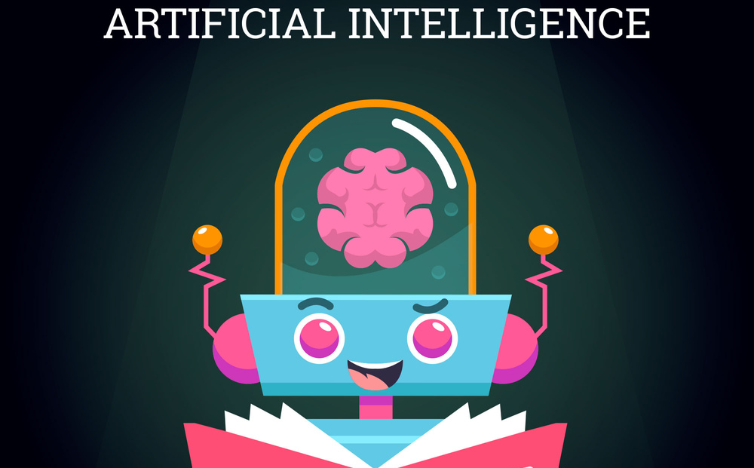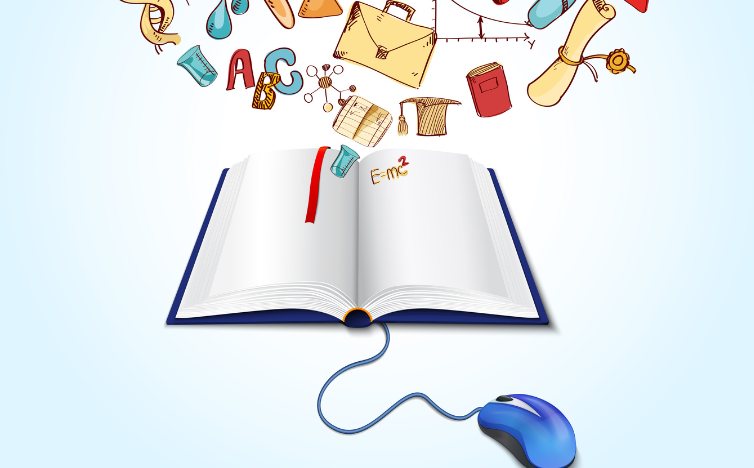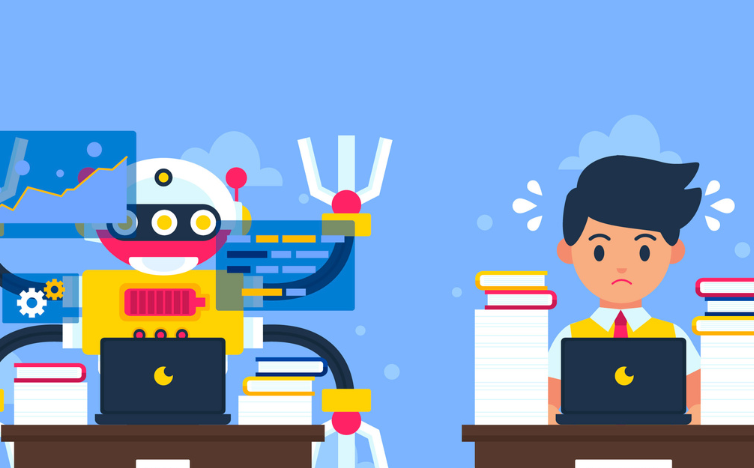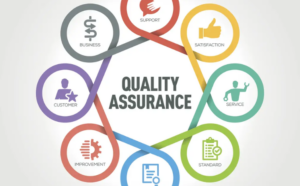The rise of AI tools in education in the digital age has created new opportunities for kids to learn and grow. This is the start of an exciting new era where personalized education is more than just a buzzword. But there are so many AI-powered learning platforms and tools on the market that it can be hard for parents and teachers to tell the difference between what’s useful and what’s just a joke.
To support technology-based learning, it’s important to know how AI is used in education, especially for kids: what makes these tools special, and how they can be added to the learning environment to help kids reach their full potential.
Table of Contents
Why AI should be used in teaching kids

Before we get into the specifics of what makes AI tools really helpful for kids, you might be wondering why it’s important to include AI in early childhood education. AI is changing how kids learn, connect, and understand complicated ideas, and child psychologists and educational experts are on board. If it’s done right, it can show a unique path for each kid, one that fits their pace and way of learning without lowering the quality of their education.
With AI’s adaptive learning systems, interactive interfaces, and lots of feedback mechanisms, kids are better able to understand and master tough topics that they used to think were impossible. Using AI in schools and at home isn’t just a matter of staying up with the times; it’s also about using technology to make the learning process more effective and fun.
Important Things to Look for in AI Tools for Kids
There is no such thing as a one-size-fits-all solution when it comes to choosing AI tools for kids. Every kid is different, with their own skills, interests, and ways of learning. These differences should be reflected in the tools themselves by having a variety of features that work with a wider range of learning styles and goals. What are the most important things that the best AI tools for kids must have?
Personalization and being flexible
Long gone are the days when strict lesson plans set the pace of school. AI is amazing because it can change the way people learn in real time. The best tools for kids should change the course based on how well the kid is doing, whether they are reaching new goals or having trouble with certain ideas. Remember that adaptive learning is more than just giving kids easier or harder jobs. It’s also about making sure that their learning experiences are just challenging enough to help them grow without making them frustrated.
Design that is engaging and interactive
A boring, static design is the exact opposite of what will keep a child’s attention. AI tools should let kids connect with them in fun, multisensory ways that get them interested in learning. Children can learn in a fun and meaningful way by using game-based learning, stories, and multimedia tools. Within the digital world, there are lots of fun ways to add different things that interest young minds, making a place where learning is like playing.
Mechanisms for continuous feedback
Getting comments right away is a key part of learning well. When AI tools give comments, they should do more than just say “right” or “wrong.” These should give helpful feedback on a child’s work, showing them what they can do better and also celebrating any big wins. The evaluation method should be built right into the learning process so that kids don’t have to wait long to find out how they’re doing.
Experiences That Build Skills
AI tools should focus on helping people learn and master new skills. If you want to learn a language, learn about science, or get better at math, the best tools will not shy away from developing these basic skills. Teaching facts isn’t the only way to build skills; practice, application, and a variety of settings are also important for developing a full understanding.
Data-Driven Insights for Educators
To really make a difference, AI tools need to have dashboards or reports that show teachers and parents the whole picture of a child’s schooling. These insights can help you make off-screen activities more relevant, find patterns, and set personalized learning goals. The best tools for kids should include parents and teachers as partners in the learning process and give them the information they need to help their child’s brain grow.
Learn More: When to Introduce AI Tools to Kids
How to Find the Right AI Tools for Your Child

It’s no surprise that the market for AI tools is flooded with goods, making it hard to pick the right ones for your child. The tips below can help you find AI tools that will really help your child learn.
Think about the content
Core curriculum and extra materials should be proper for the students’ ages, follow educational standards, and have been created with the help of experts in the field of education. AI tools aren’t just about how well they work; they’re also how content gets delivered, and the quality of that material is very important.
Looks at and suggestions for
There is a lot of weight behind peer reviews and recommendations from educational institutions. Talk to parents, teachers, and experts who have used the tools you’re thinking about and got their opinions. Their opinions can give you a more accurate picture of how well the tool works and whether it’s right for your child.
Demos and test runs
There are many companies that sell AI tools that offer free tryouts or demos. When these chances come up, use them to see how the tool works with your child and whether it fits their needs and your goals. Look at how easy the tool is to use and see if what it says about being flexible and customizable is true.
Help and Community
The amount of customer support and the presence of an active community are important but often overlooked parts of AI tools. The best tools have strong customer service and a group where parents, teachers, and developers can share their experiences and the best ways to do things.
Learn More: Future Trend Of AI Tools For Kids
Conclusion
AI in education for kids is a new field that’s growing quickly and could change the way kids learn. Parents and teachers can make sure they’re giving kids resources that not only teach but also inspire and grow by learning what makes the best AI tools stand out. In a world where technology is everywhere, properly integrating it into our kids’ lives can help them become well-equipped to succeed in the 21st century.
FAQS
What should parents do to figure out how well an AI learning tool works?
A tool’s usefulness can be judged by how well it keeps your child interested, how much material it offers, and how challenging it is without being frustrating. The tool can also show you how it affects your child’s growth over time through ongoing feedback and reporting.
Can AI tools take the place of old-fashioned ways of learning?
AI tools can be great additions to standard ways of learning, but they shouldn’t be thought of as a complete replacement. The tools work best when they add to a child’s learning by giving them personalized help and more ways to be involved.
What are the risks of giving kids AI-based learning tools?
AI tools have risks, just like any other digital interaction. For example, users could be exposed to inappropriate material or spend too much time in front of a screen. Parents need to keep an eye on and limit their child’s use of AI tools to lower these risks.
What can AI tools do to help a child be creative?
It’s a common misunderstanding that AI kills creativity, but the right tools can actually boost it by giving people new ways to look at problems and express themselves. Look for tools that let you explore and think of new ideas in an open-ended way.




